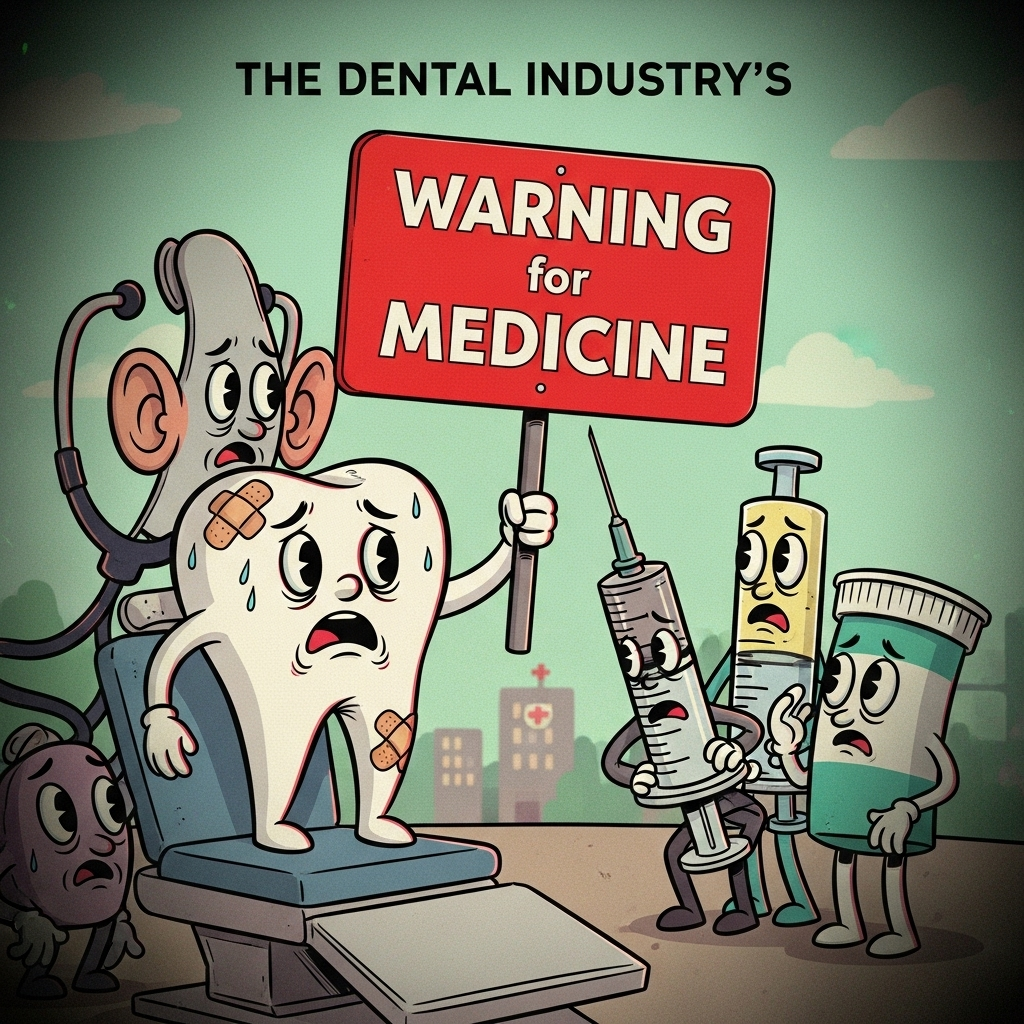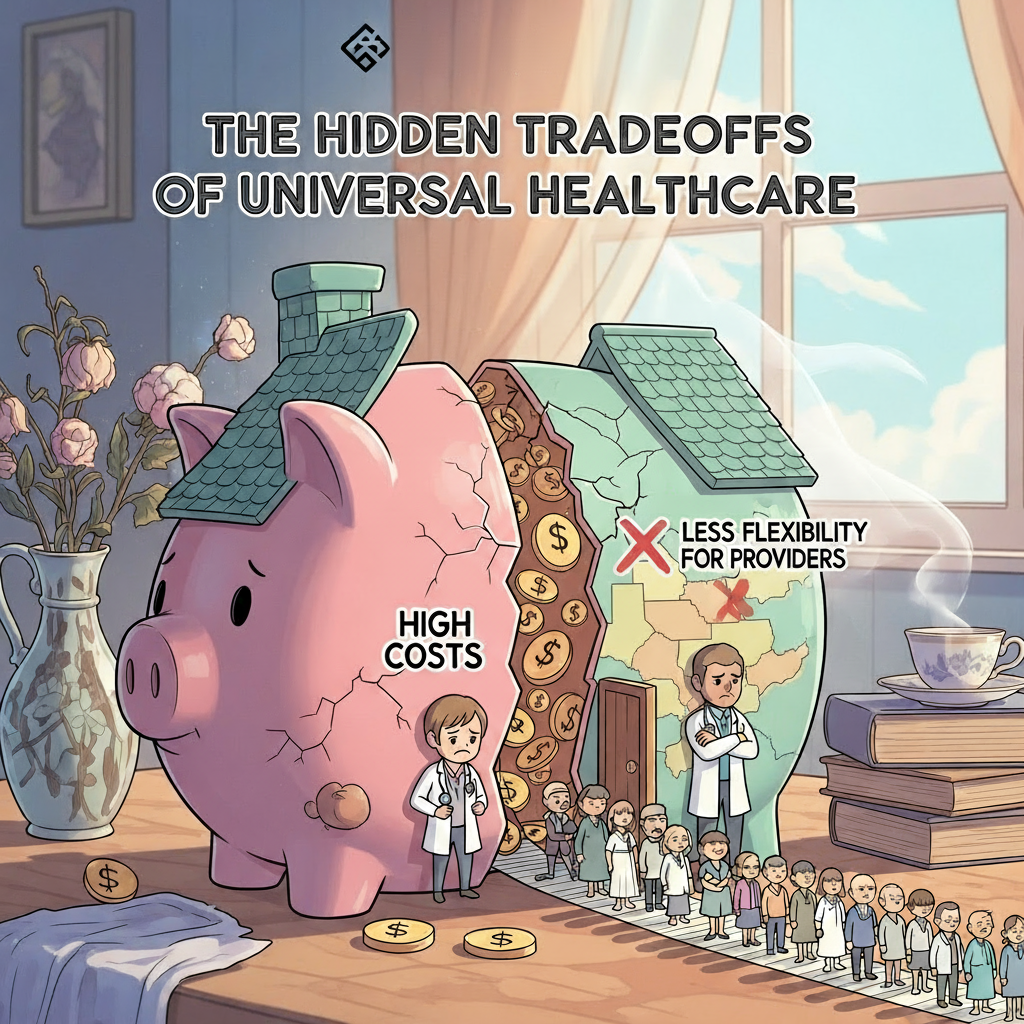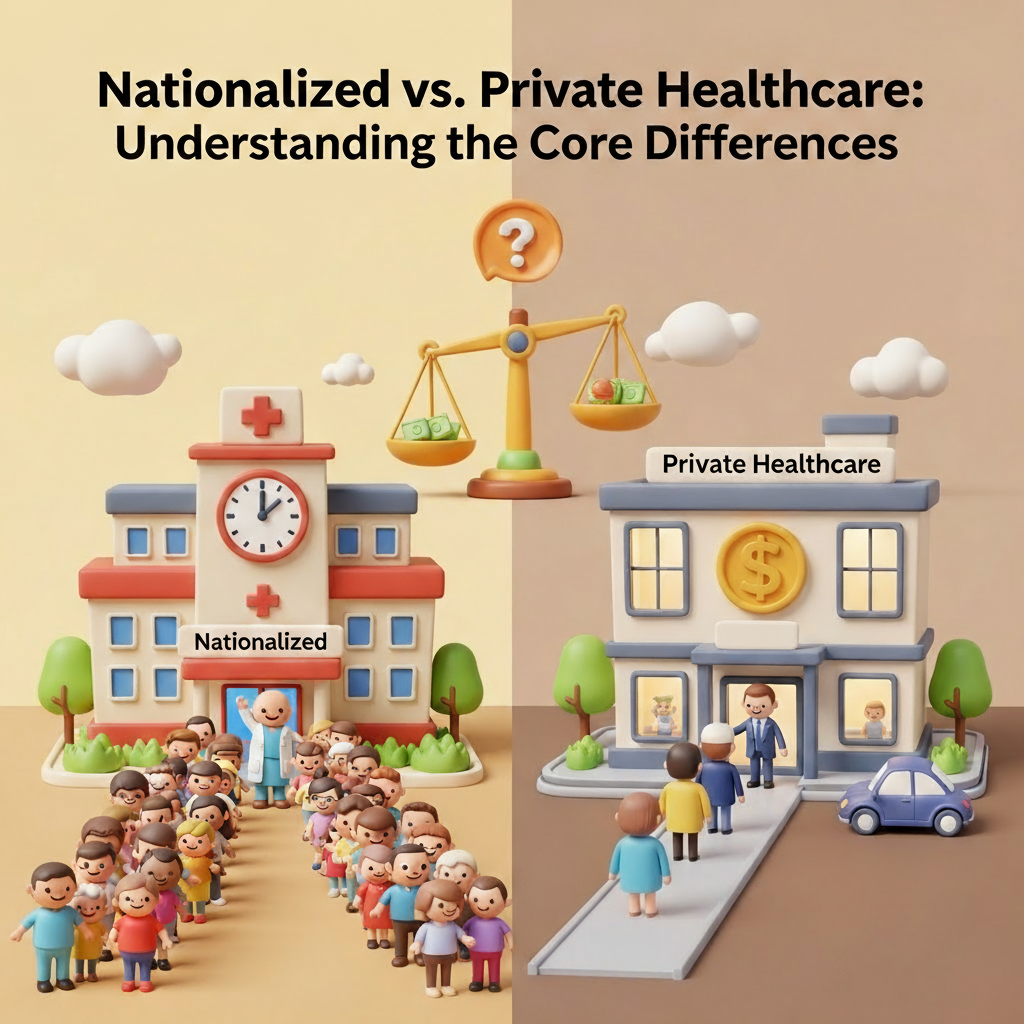
The Dental Industry’s Warning for Medicine
Doug Jorgensen
March 1, 2025
Introduction: A Glimpse Into the Future
If you want to see where healthcare could be heading, look no further than the dental industry.
Dentists once enjoyed the same professional autonomy physicians had decades ago—control over treatment decisions, transparent billing, and direct relationships with patients.
Today, much of dentistry has shifted toward corporate ownership, heavy insurer influence, and market consolidation.
For medicine, the dental industry’s story isn’t just interesting—it’s a warning.
The Dental Trajectory
1. Insurer Influence Grows
In the early days, dental insurance was a modest benefit—covering basic care with minimal interference.
Over time, insurers:
- Created restrictive provider networks
- Dictated reimbursement rates
- Limited coverage for “non-essential” procedures
The result? Dentists were forced to either accept lower fees or move out-of-network—where patient volume often dropped.
2. Corporate Consolidation
Large dental service organizations (DSOs) began buying up independent practices.
They offered administrative support and economies of scale, but also:
- Standardized treatment protocols for efficiency, not necessarily patient preference
- Pressures to hit production quotas
- Less autonomy for individual dentists
3. Reduced Patient Choice
Network restrictions and corporate protocols left patients with fewer options for personalized care.
Cosmetic and elective procedures thrived—but medically necessary treatments often ran up against coverage limits.
Parallels in Medicine
Medicine is already showing similar signs:
- Narrow Networks – Patients are increasingly funneled into specific systems.
- Corporate Ownership – Private equity and hospital systems are absorbing independent practices.
- Coverage Limitations – Insurers dictate not just cost, but the scope and timing of care.
- Productivity Pressures – Providers are encouraged to see more patients in less time to maintain margins.
The Key Lesson: Know the Rules of the Game
One area where dentists have adapted well is understanding the financial and regulatory environment.
They’ve learned:
- Which procedures are profitable and which are loss leaders
- How to position services outside of insurer control (e.g., cosmetic dentistry)
- How to use marketing and patient financing to maintain independence
For physicians, the takeaway is clear:
If you don’t understand the rules of the game—financially, legally, and operationally—you’ll be playing on someone else’s terms.
What Medicine Can Learn (and Do Differently)
- Diversify Revenue Streams
- Consider services that aren’t insurer-dependent.
- Explore cash-pay options where appropriate.
- Consider services that aren’t insurer-dependent.
- Maintain Patient Relationships
- Direct communication builds loyalty that can withstand network changes.
- Direct communication builds loyalty that can withstand network changes.
- Stay Business-Savvy
- Physicians need fluency in contracts, reimbursement models, and practice economics—not just clinical care.
- Physicians need fluency in contracts, reimbursement models, and practice economics—not just clinical care.
- Advocate for Policy Change
- Push for laws that protect provider autonomy and prevent insurer overreach.
- Push for laws that protect provider autonomy and prevent insurer overreach.
Avoiding the Same Fate
The dental industry didn’t “fail”—but it transformed into something that looks very different from the independent, patient-driven model it once was.
Medicine still has time to steer its trajectory—if it learns from the dental playbook before corporate consolidation and insurer control become irreversible.
Final Thoughts: Forewarned Is Forearmed
Dentists who survived—and thrived—through the industry’s transformation did so by anticipating change and adapting quickly.
Physicians who want to preserve autonomy must do the same, recognizing the warning signs early and acting decisively.
Because once the rules are rewritten, it’s a lot harder to win the game.
About the Author
Douglas J. Jorgensen, DO, CPC, FAAO, FACOFP
Dr. Doug is a physician, consultant, and national educator on healthcare policy and regulatory compliance. He advises providers on how to protect autonomy and profitability in an increasingly consolidated healthcare landscape.


